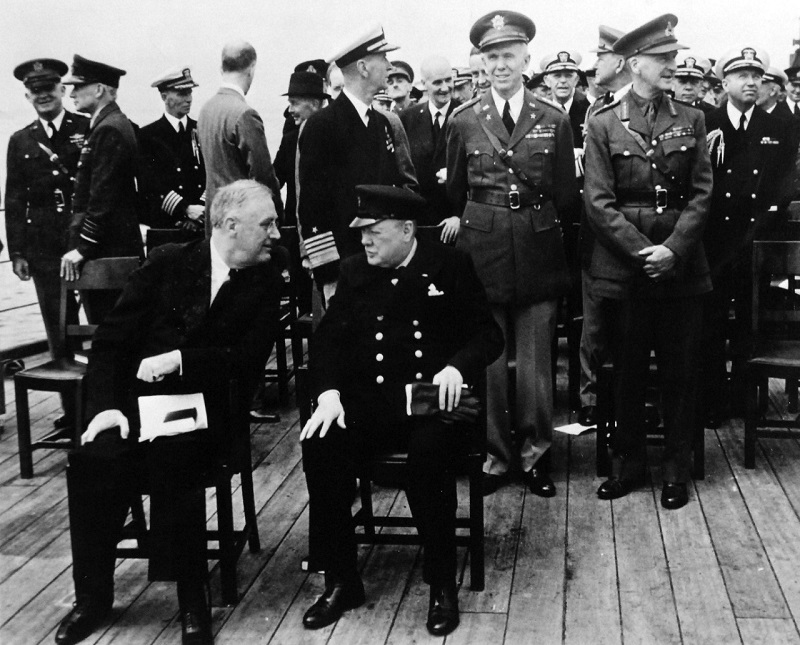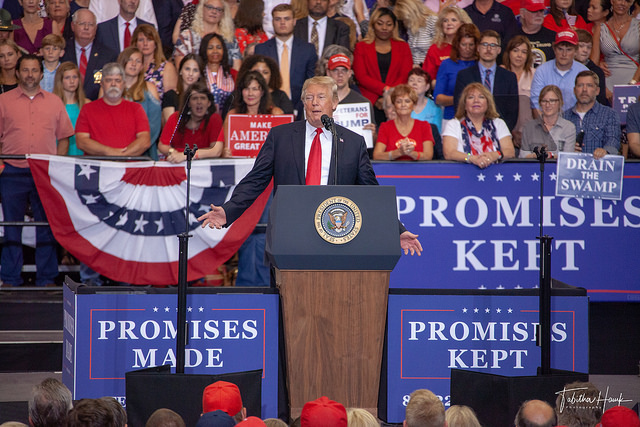If Trump’s US abandons liberal idealism, others must pick up the baton

Donald Trump’s description of himself during last week’s excruciating Oval Office meeting as a ‘mediator’ between Russia and Ukraine was revealing even by the standards of the past six weeks.
It showed an indifference to who the goodies and the baddies are; who is responsible for a three-year war, who shares traditional US values; who is democratic; who is a war criminal. The US is no longer the leader of the free, rule-abiding world that stands up for principles; it’s some kind of neutral mediation panel that tries to get two equally aggrieved litigants to resolve their differences.
Yet a pretense to neutrality is nonsensical. Trump sees Russia as a globally and historically relevant major power. That’s who he wants to work with over the long term, not its small and annoying neighbour that keeps asking for weapons and keeps fighting a war he thinks it can’t win.
Trump and senior members of his administration have said they want the US to have a geopolitical and economic relationship with Russia. The outcome of his Ukraine-Russia ‘mediation’ will reflect his perceived long-term desire for not just stable, but prosperous relationships with other major powers.
There’s a kind of awful realism to Trump’s attitude. It says that the world is dog-eat-dog, the law of the jungle—that rules are fictions that only idiots observe. Remember when Trump boasted that paying no federal income tax ‘makes me smart’? Psychological and personality assessments are admittedly risky, but there is an undeniable pattern here: Trump has by all accounts conducted himself this way his whole life, regarding rules as being for losers and wimps.
Trump’s world view is yet to be tempered as it was during his first term. His instincts are being translated into policy without any evident filter. Barely six weeks into his second term, there are so many signs that this jungle philosophy will guide his actions that other countries need to start planning accordingly.
This means two things. First, someone else, most obviously European democracies, must take up the baton of foreign policy idealism. The past 80 years, in which the US led the liberal international order it now questions, have been the best 80 years of the modern era. The idealistic system says countries that launch unprovoked aggression should be penalised and countries that face such aggression should be helped. You form lasting friendships with countries which share your values of justice and work with you in security, and you keep a distance from those that don’t. You show loyalty and trust to your friends, and you maintain readiness to use force when absolutely necessary against countries that threaten this network of friendships.
Over time, the preponderance of countries that believe in, and abide by, the system of rules creates a stable international order. The past eight decades are testament to this.
Australia needs to support this idealistic world view through public statements, economic measures such as sanctions, and hard power when possible—which is why Prime Minister Anthony Albanese is right to consider further support to Ukraine.
In the meantime, we need to worry about our immediate circumstances, which depend on a continuing relationship with the US.
Europe, including Britain, has two nuclear weapons powers, four G7 countries, and the NATO alliance. The European Union’s economy is about 10 times that of Russia’s. If the US walks away, Europe should be able to manage its security handily—and the belated sense of urgency it’s now showing suggests it can get there.
Australia has an alliance with New Zealand, a close-to-allied relationship with Japan and good friendships with India, South Korea and some Southeast Asian countries. But we can’t ensure our own security on this basis. We can’t turn ourselves into an independent power, nor convene an Asian NATO overnight, and so we need the US in ways that Europe does not.
Our region’s would-be hegemon, China, is the peer competitor to the US for the foreseeable future. If the US walks away from the Indo-Pacific, China will dominate. Worse, if the US under Trump or his successors decides it can deal with Beijing the way Trump is dealing with Moscow, the Indo-Pacific could face a regional hegemon that feels even less constrained.
The good news is that Russia and China are quite different. China is structurally stronger and therefore more of an ongoing threat to the US. Based on Trump’s history of commentary, he sees China as having got rich at the US’s expense. The Trump Administration has backed both AUKUS and the Quad—a positive indication.
Australia can still work towards greater national resilience and self-reliance. This, along with our advantageous geography and our good relationships with neighbours, might persuade the US that it has Indo-Pacific allies worth supporting. In parallel, we should use what influence we have to remind the US that rules are good for everyone. If the post-war global order is, as Secretary of State Marco Rubio has said, ‘now a weapon being used against us’, that’s a good argument for working with friends to modernise it, not to abandon it entirely and throw the world back into the jungle.









